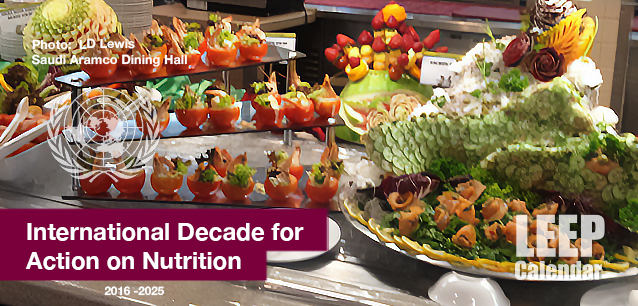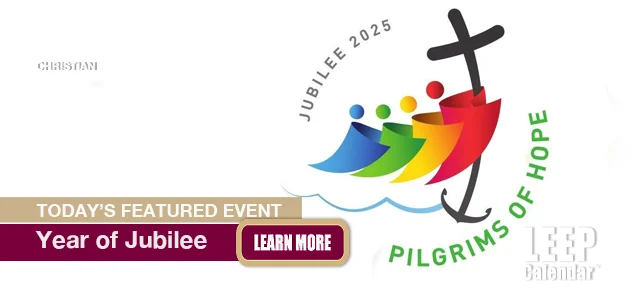 AD
AD
Today is: December 08
Scroll to explore events active on this date.
Additional Events on LEEP
LEEP INK FEATURES

August? Absolutely!
In August, we live through the Dog Days of Summer. It's hot and often humid, and those who can leave for better climates do. Down south, winter is in full force. August is also known as "the ...

In The Heat of July: July 2025 Events
Is it hot enough (or cold enough if you're below the equator) for you yet? There is actually a day for that! Like every month, I pick a diverse collection of events you may or may not know about. This ...

May Blooms: Events in May 2025
Along with October, May is one of the most densely packed months of the year. It's before the summer humidity and the last whole month of the school year. The weather is warming in t...
About National New England Clam Chowder Day
Ends: Jan 21, 2023
DESCRIPTION:
Chowder is a cross between a stew and a soup, essentially made of vegetables and fish stewed in a cauldron. "Calderia" is Latin for a "place for warming things." "Jowter" is old English for a "fish peddler," and it is believed that this is the origin of the word "chowder."
The first chowder recipes originated in France and England, among the coastal fishing villages. The custom was to have a cauldron simmering in the house, awaiting the fishing ships' return to port. A portion of each man's catch would be tossed into the pot, and the resulting chowder was served to the community to celebrate the ship's safe return.
Clams were easy to harvest without embarking on a ship, making them ideal for chowder, especially in bad weather. Of course, clams could only be collected at certain times of the year. A staple of the working class, when clams were unavailable, the chowder was made from haddock, cod, and other local fish.
Later, chowder recipes included other meats like ham, bacon, and poultry. Clam chowder became a favorite with East Coast Americans, especially on Fridays, due to a Christian custom of only eating fish on Fridays.
VIDEOS
Currently, this event does not have supporting videos.
SUPPORTING DOCUMENTS
Currently, this event does not have supporting documents.
ADDITIONAL IMAGES
Currently, this event does not have supporting images.
Where would you like to go now?
 AD
AD































































/footer-logo.svg)
